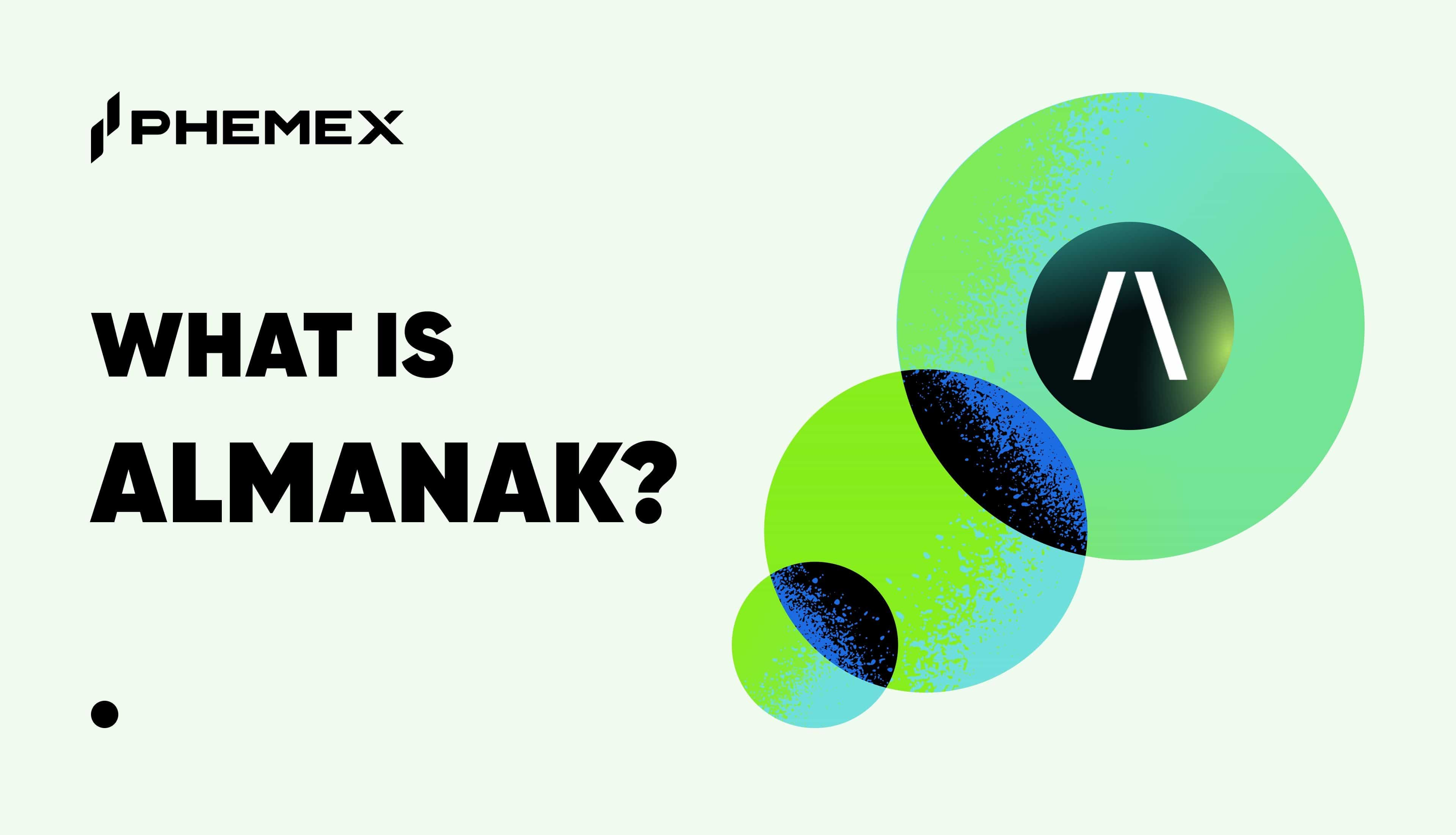The rising popularity of cryptocurrency and e-commerce has seen a larger quantity of online transactions being made than ever before. The vast majority of these transactions are being made between parties with no prior personal knowledge of one another, creating a necessity for trusted intermediary services to help smooth the process over. These intermediaries are known as escrow providers or escrow services, and have been used to improve transactional security in traditional finance for centuries. Here we examine not only what escrow services are, but how they affect Bitcoin and the world of cryptocurrency as a whole.

What Is a Crypto and Bitcoin Escrow Service?
Essentially, a crypto escrow acts as a neutral representative for transactional confidence between two or more unacquainted parties.
Crypto Escrow vs Traditional Escrow Services
In traditional, centralized finance (CeFi), banks and other financial institutions perform this intermediary function, however, this is where crypto and traditional escrow services differ from one another slightly. This is because Bitcoin and other forms of cryptocurrency come with their own in-built security — blockchain encryption. Due to this underlying technology, crypto escrow services do not require the costly and time-consuming services of lawyers and legal documentation to validate transactions, whereas a bank would. Because of this separation from traditional finance, coupled with an allowance of over-the-counter (OTC) practices, Bitcoin/crypto escrow is often referred to as a form of decentralized finance (DeFi).

Escrow is hardly a new term in the world of finance. Escrow systems have been around in some form or another for hundreds of years, normally existing as a third-party service used to ensure transactional security. This can be especially useful if the transacting parties are unknown to each other, as this can prove risky business without some form of liability/insurance, like an escrow service. The practices of traditional and crypto escrow are very similar, with the main difference being that traditional escrow services deal solely with fiat currencies, whereas a crypto escrow service will deal with currencies like Bitcoin (BTC) and Ether (ETH).

How to Use Escrow with Bitcoin?
Using BTC as the example, here’s how to use escrow with Bitcoin:
- First, the buyer sends the BTC necessary to make the required transaction to the Bitcoin escrow service provider.
- The escrow provider then holds onto the funds while the buyer and seller negotiate their agreement terms.
- Next, when the Bitcoin escrow provider has confirmed that the seller has held up their end of the bargain, they release the funds (in this case BTC) necessary to complete the transaction. This usually takes a certain amount of time, allowing the buyer to ascertain their satisfaction with the good or service provided. If the buyer is unsatisfied they can request a refund (as long as it is within the holding period), this too will be facilitated by the escrow service provider.
- Now, provided both seller and buyer are satisfied with what they have received, the escrow provider charges their commission fee and the Bitcoin escrow transaction is complete.
What Is the Best Anonymous Crypto Escrow Service?
These days there are a fair number of crypto exchanges that come with their own native escrow functionality, and a prudent user will always check what services a platform provides before making a transaction on it. However, if middleman services are required for payments made/received on a platform that does not offer its own escrow, here are a few notable Bitcoin and Ethereum escrow services that you can use:
- BTC Asia: BTC Asia is a decentralized crypto escrow service founded by Colbert Low, which has been operating in the Bitcoin community since 2013. Operating as one of the few BTC escrow providers that does not require its users to fill out an online registration, BTC Asia allows anyone to begin using the platform simply by submitting a BTC and email address (making it essentially anonymous). The fees they charge are highly competitive when compared with many other escrow service providers, set at a nominal 0.05%. However, it is worth noting that in the case of disputes, BTC Asia themselves do not get involved, and they are instead handled by third party representatives. BTC Asia’s procedures are fairly straightforward, with each stage being implemented by way of an “exchange ID” provided by the platform. In addition, users are given a guarantee worth $500, which is applicable in certain cases including server theft, a platform-based hack, or mistakes demonstrably made by BTC Asia themselves.
- IBC Group: While primarily an agency for blockchain-related fundraising, IBC Group also supplies a crypto trading escrow service that deals with larger-scale transactions. They are a licensed escrow provider and adhere to international know-your-customer (KYC) laws, meaning they may request some personal information. Although this approach excludes the possibility of true anonymity, it does go some way to providing better transactional security, as well as a higher level of confidence and safety. Purchasers are given an allotted time span in which to deposit funds. As is consistent with the traditional escrow model, those funds are only transferred to the seller once the buyer has inspected and has declared themselves happy with the purchase made. IBC Group leverages smart contracts to accelerate the process, allowing all parties to carry out an unlimited number of exchanges with little-to-no interference (except if a dispute is made). Featuring a reputation system to facilitate trust between its users, IBC Group charges a 1% exchange fee.
How Does Bitcoin Escrow Work?
It only takes a small amount of crypto knowledge to understand why independent escrow functionality is so important for monetary decentralization. A short look at the history of Bitcoin-powered services since its inception shows how much the crypto community could benefit from better escrow implementation. Both finance and trade are fraught with trust issues, and in this, cryptocurrency trade is no different from any other form of asset movement. In the wake of the 2007-09 economic crisis, many people turned away from traditional finance and its failures, seeking other forms of assurance/insurance to secure transactional validity. This offered DeFi the opportunity to thrive, with cryptocurrency leading the charge, and made way for new intermediary methods to be explored.
While some of these new methods exist in the form of independent bodies that provide escrow services, there is in fact a kind of built-in escrow functionality that exists for Bitcoin. This functionality is called CHECKMULTISIG, and allows a party to require a private key code in order to finalize a transaction, meaning that the BTC will not be moved until the parties involved enter a two-or-more digit, secure password. In traditional escrow formats, an agent or agency acts as the middleman and is given full trust. However, when using a crypto CHECKMULTISIG function, a user is presented with a couple of different options for how to proceed.
2-of-3 MULTISIG transaction
While this idea still involves a third-party, it uses elegant methodology, putting a cryptocurrency twist on the traditional escrow format. Each party collects their own public key of a three-digit code and the buyer sends the desired BTC value to a new account (“output”). In order to move the coins, a minimum of two correct digits is required, meaning that no individual party member can control the supply without at least one other member signing off on the transaction. This is an elegant approach, because it means that should the buyer and seller reach agreeable terms, the third party – or escrow agent – is not needed at all. However, should the buyer and seller fail to reach an agreement for whatever reason, the escrow agent can be called upon to effectively “break the tie” and finalize the transaction. Whether the funds should be released to the seller or returned to the buyer is a mediation determined by the third party in this situation. Importantly, this method also stops the independent and decentralized escrow body from being able to impound or even appropriate the funds for themselves; something that more traditional, centralized escrow formats have failed to do in the past.

2-of-2 MULTISIG transaction
This idea is equally interesting, as it allows the elimination of a third-party altogether. In this method, the BTC funds are again sent to an output account, and again each member is given a key – though this time there are of course only two. In order to move the funds, both parties must sign off on the transaction. However, the interesting part is how to solve the problem of the buyer’s disproportionate risk, since if the seller does not sign off on the deal, the funds locked up in the middleman account would effectively be lost. The seller in this situation would lose nothing, which presents the basic asymmetrical dilemma with any two-person escrow, whether digital or not. It is therefore important that the seller has an incentive to remain honest so the buyer feels comfortable putting their stake at risk, or at least that there is a fail-safe mechanism built into the system. Bitcoin allows for either, or both.
- Incentive option: This sees the seller and buyer lock up an equal amount in a single escrow account. Here, both parties are incentivized to interact honestly as either everything or nothing ends up locked in the escrow, depending on if an agreement is reached between the two parties. However, the incentive option still has many drawbacks as it allows for simple human error, as well as digital miscommunication.
- Time lock option: A time lock option would see the funds locked in the escrow sent back to the buyer if an agreement is not satisfactorily reached by a pre-determined point in time. This can be done using the same kind of micro-transaction that allows the buyer to send their funds into an escrow account in the first place. However, while this removes (or at least minimizes) the possibility of human error, it does not completely do away with the possibility of digital miscommunication, or even outright thievery, such as a system/platform-based error, or hack.
If anything is made clear from all this, it is that the kinks have yet to be ironed out in a two-party escrow system, even one involving cryptocurrency. The options discussed here are all still fairly theoretical, and more to be used experimentally than put into practice, at least for the time being. It is clearly an appealing idea, however, especially as it would allow cryptocurrency transactions to take another step closer to true decentralization.
Transactions that are computationally impractical to reverse would protect sellers from fraud, and routine escrow mechanisms could easily be implemented to protect buyers.
– Satoshi Nakamoto, 2nd paragraph of the Bitcoin paper
Conclusion
While various cryptocurrencies present many new options for escrow services and the implementation of transactional security, it still remains much safer to stick with more time-tested versions of escrow. This is not to say that escrow does not belong in crypto, quite the opposite, but sticking with a third-party service (whether solely escrow focused or not) is clearly still the advisable course of action for the foreseeable future. However, with the increased adoption of cryptocurrency, the opportunity for innovation in the digital finance sector is rich, meaning that this could change. If a widespread two-party escrow system can be managed, it will surely make for an interesting development in cryptocurrency, and possibly even in traditional finance as a whole.
Read More
- How to Trade Bitcoin Safely: Trustworthy Bitcoin Trading
- Why Does Bitcoin Have Value?
- What is Cryptocurrency & How It Differs From Digital Cash
- What is Bitcoin: World’s Largest “Group Project”
- What Is DeFi: How To Be Your Own Bank With $100
- What is Bitcoin Transaction: Components, Verification and Privacy
- What is P2P Crypto Trading & How Does it Work?
- What is Cryptocurrency & How does it Work?









